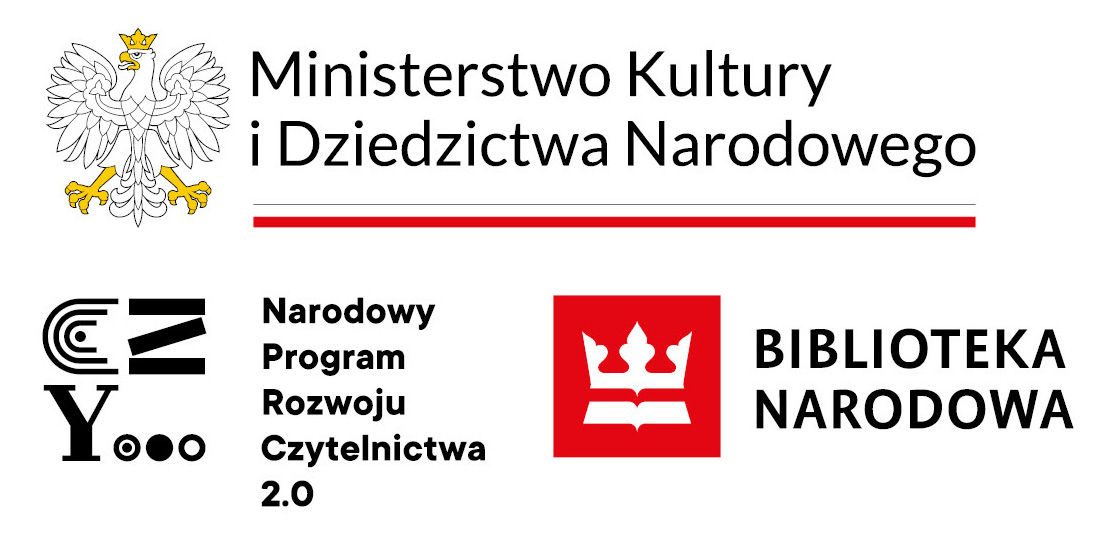5.1. How and when will data be shared? Are there possible restrictions to data sharing
or embargo reasons?
- When data will be accessible: during or after the research? How will potential users find out about them?
Data have to be shared as soon as possible, but at the latest at the time of publication of the respective scientific output e.g. scientific article, monograph, database.
- For how long will the data be stored in the repository?
National Science Centre requires that research data be stored minimum 10 years, metadata — indefinitely.
- Are there any barriers and constraints to making the research data fully or partially accessible?
If the opening of the data will be delayed or limited in time, e.g. for publication, protection of intellectual property or applying for patents, the expected date of release should be indicated.
- Will journal publishers require deposit of data supporting article findings?
- Does the sharing of data require the consent of the participant?
5.2. How will data for preservation be selected, and where will data be preserved long-term (for example a data repository or archive)?
- What data must be retained or destroyed for contractual, legal, or regulatory purposes?
- How it will be decided what data to keep?
- What procedure would be used to select data to be preserved?
You do not have to share everything - but you have to justify the criteria used to select the data to be shared.
- Does the repository in which the data will be long-term stored respect the FAIR principles?
When data will be deposited in the RODBUK, it will be made available in accordance with the FAIR principles for a minimum of 10 years, and the metadata describing it indefinitely.
5.3. What methods or software tools will be needed to access and use the data?
- Do data need to be converted to a standard or open format with long-term validity for long-term preservation?
If specialised data, for reasons of preserving its quality, cannot be converted into commonly available software, it should be indicated what software will be necessary to open it. Users should be informed whether they will need specific tools to access and (re)use the data.
- What mechanism will be used for data sharing?
e.g. request handled directly, repository
5.4. How will the application of a unique and persistent identifier (such as a Digital Object Identifier (DOI)) to each data set be ensured?
- Will a persistent identifier for the data be obtained?
- Which existing persistent identifier will be used (e.g. Digital Object Identifiers, Accession Numbers)?
When data will be deposited in the RODBUK it will be permanently assigned a Digital Object Identifier (DOI) for the electronic document.
